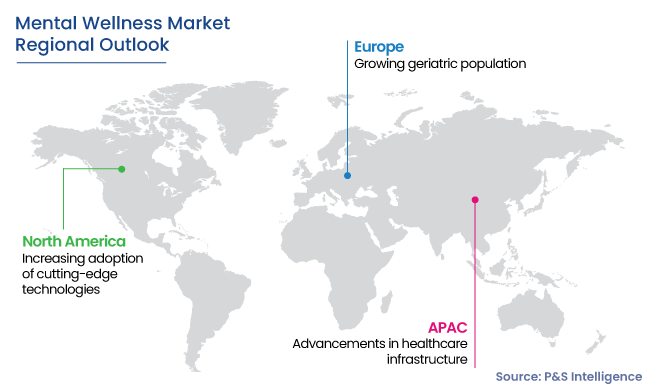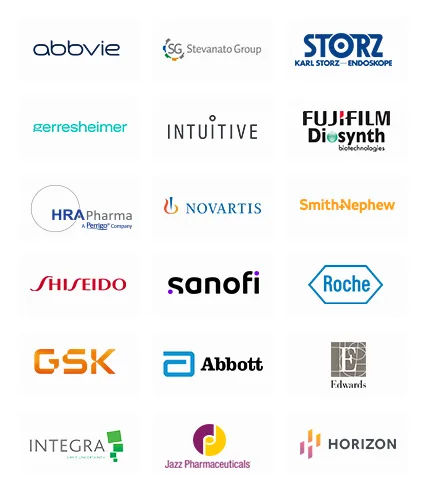The worldwide mental wellness market will touch USD 229.8 billion by the end of the decade.
The mental wellness market will grow at a CAGR of 6.6% in the coming years.
The industry is expanding owing to factors like growing smartphone usage, growing health consciousness, more prevalence of health-related issues that affect mental health, and growing choices for personal health care.
Current trends include the rise in mental wellness mobile applications due to increased smartphone adoption, the growth of mHealth therapies utilizing digital technologies, increasing operators of mental wellness programs, and rising social recognition of mental diseases.
North America dominated the market with a 55% share in 2023.
Increased prevalence of mental diseases, rising stress levels, technological advancements, and government initiatives supporting mental health investments are significant drivers of demand for mental wellness services.





